Inside the world's most resplendent Regency homes
Beautiful Georgian properties for Bridgerton fans
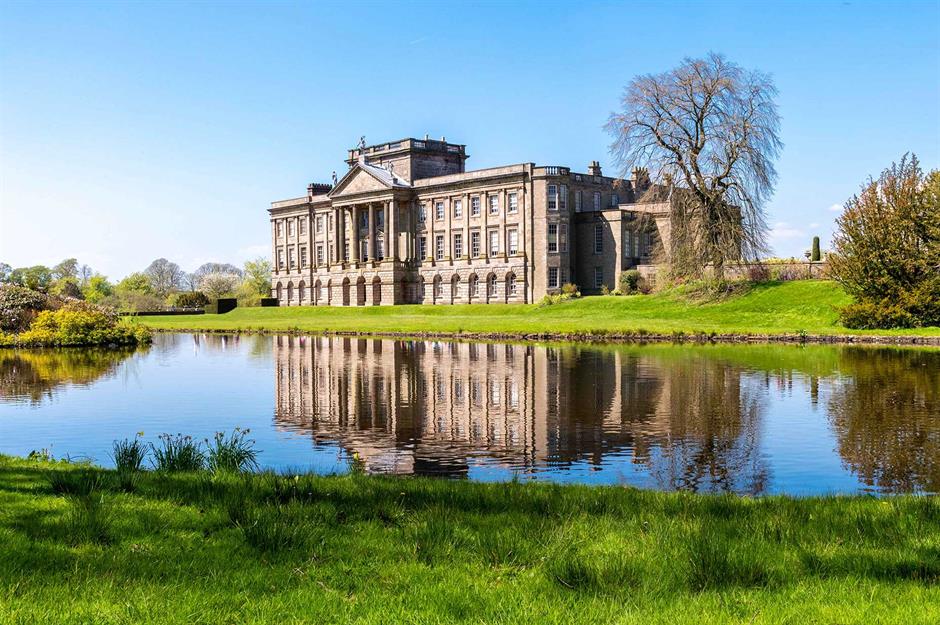
The Regency era, depicted so glamorously in Netflix's hit series Bridgerton, refers to the period when the Prince Regent – the future King George IV – oversaw a significant shift in fashion, style, and architecture, as he ruled in place of his ailing father.
Officially covering the years 1811-1820, ‘Regency’ properties have often come to include other Georgian buildings – especially those developed in the neoclassical or revival Greek, Gothic, or Indian styles – that preceded and followed the period.
Click or scroll on to see inside the most beautiful Regency houses around the world...
One Royal Crescent, Somerset, UK
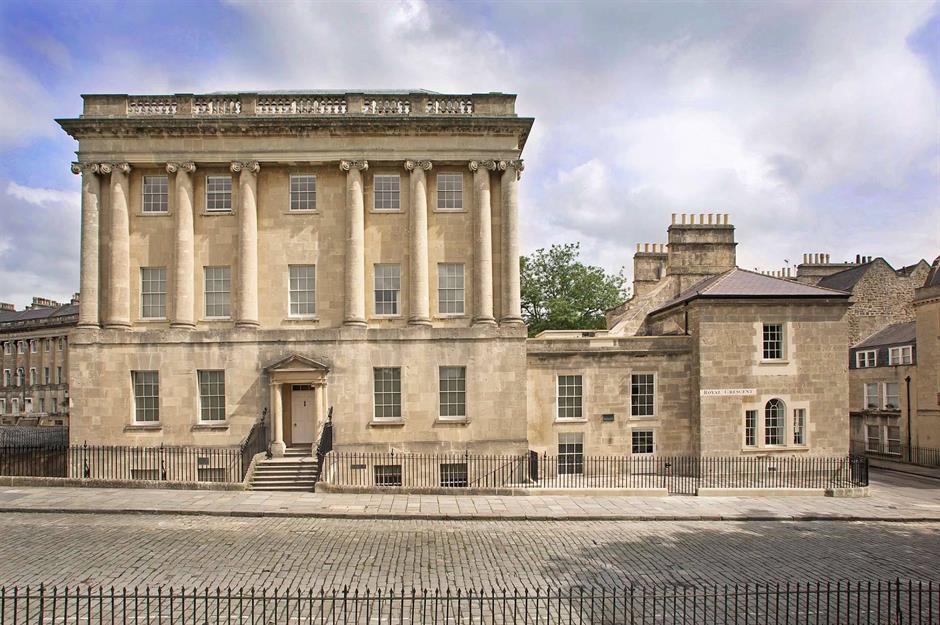
If there is one property that epitomises the refinement of the Regency era more than most, it’s this historic house that stands on the edge of Bath’s famous Georgian Royal Crescent.
Built between 1767 and 1775 by architect John Wood the Younger, its façade doubles as the home of the Featherington family in Bridgerton, ensuring a mere glimpse of it transports us into the Regency world. Built in the earlier Palladian Georgian style, its columns nevertheless borrow heavily from Ancient Greece and Rome.
One Royal Crescent: regal rooms
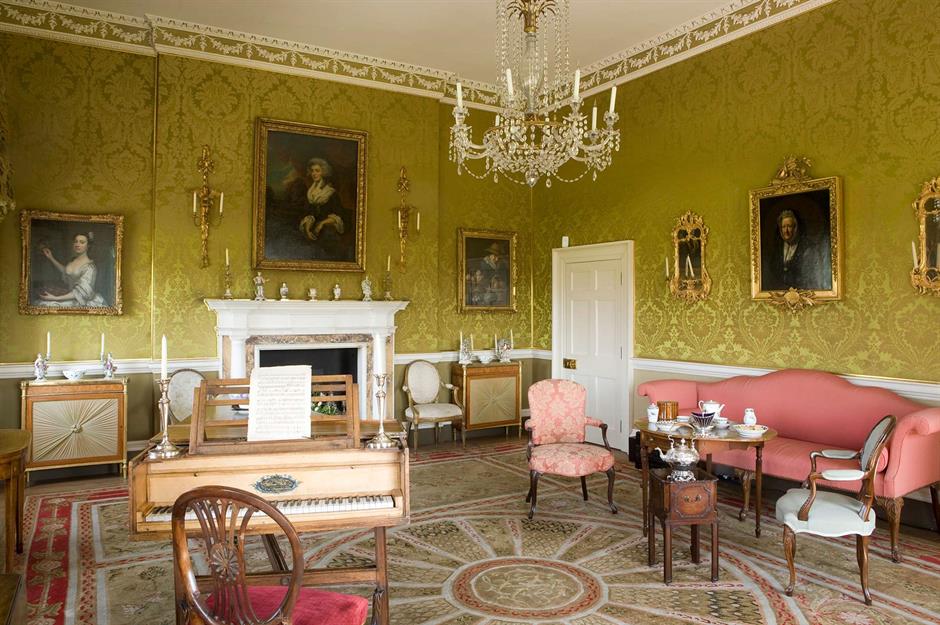
The property was officially opened as a museum in 1970 and restored to the tune of £5 million ($6.6m) before reopening in 2013.
Today, you can step inside No.1 Royal Crescent and wander the rooms, which are dressed and furnished much as they would have been when John Wood finished his work.
Apartment 2 Sion Hill Place, Somerset, UK

One of the most celebrated writers of the Regency era, Jane Austen made the Georgian city of Bath her home between 1801 and 1806, shortly before her books began being published.
Those with a romantic imagination can follow in her literary footsteps with this grand three-bed duplex apartment set within a historic Grade I-listed townhouse in the World Heritage City, designed in 1818.
Apartment 2 Sion Hill Place: an Austen-worthy city pad
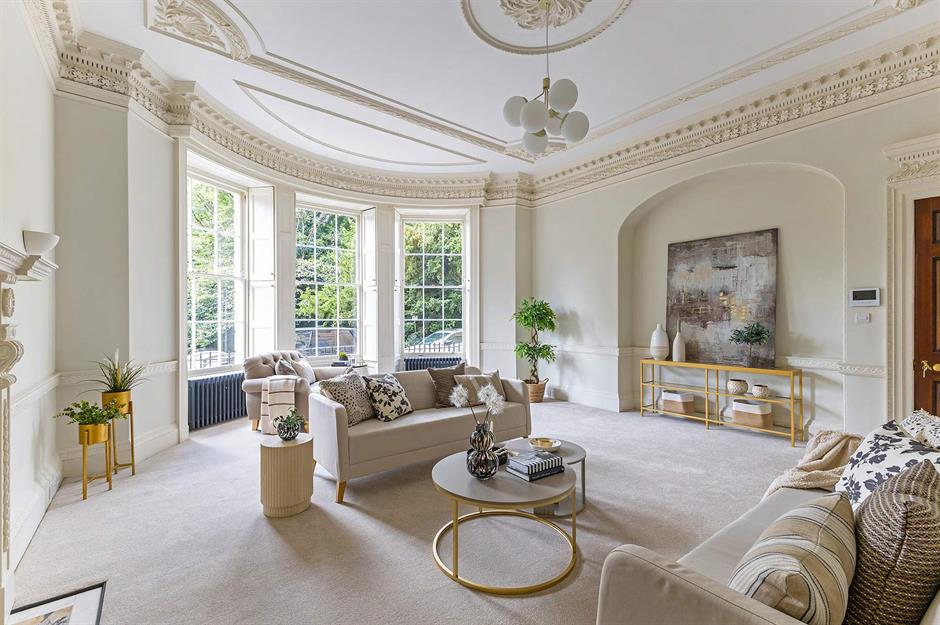
Previously for sale via Savills for £1.5 million ($2m), this luxury apartment spans the ground and lower ground floors of Sion Hill Place.
With a beautiful bay-fronted reception room for receiving guests, plus other period features, including ornate cornicing, a marble fireplace, and original shutter windows, it's a perfect pad for living out your Bridgerton-inspired Regency fantasies.
Spencer House, London, UK
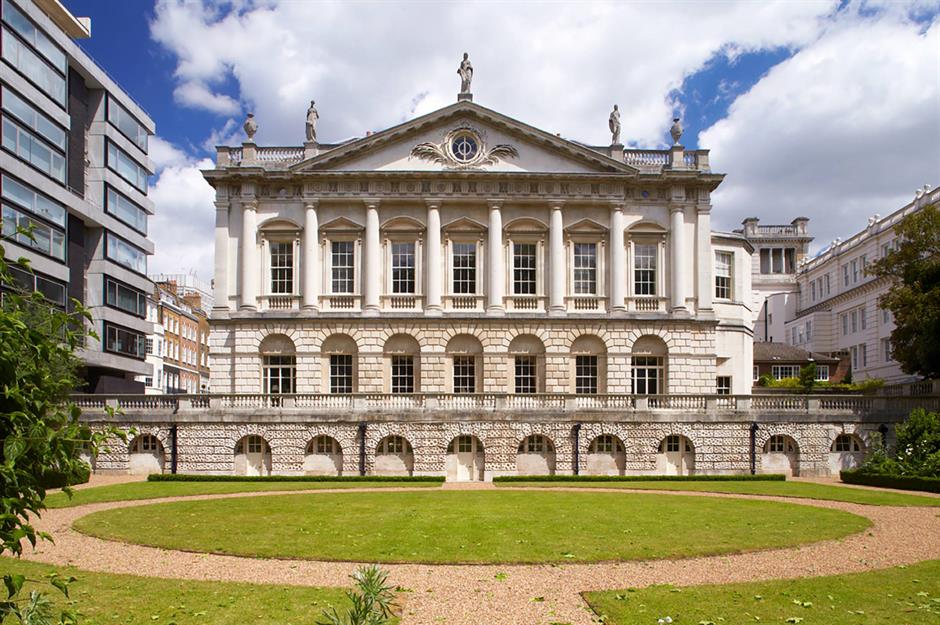
Though the Ton – the name given to high society in the Regency era – liked to visit Bath, most of them lived (or at least had a pied-a-terre) in London.
And when it came to socialising, Spencer House was the setting for some of the period's most extravagant parties and lavish lunches, when it was under the stewardship of the 2nd Earl of Spencer and his wife, Lavinia.
Spencer House: a beautiful ballroom awaits
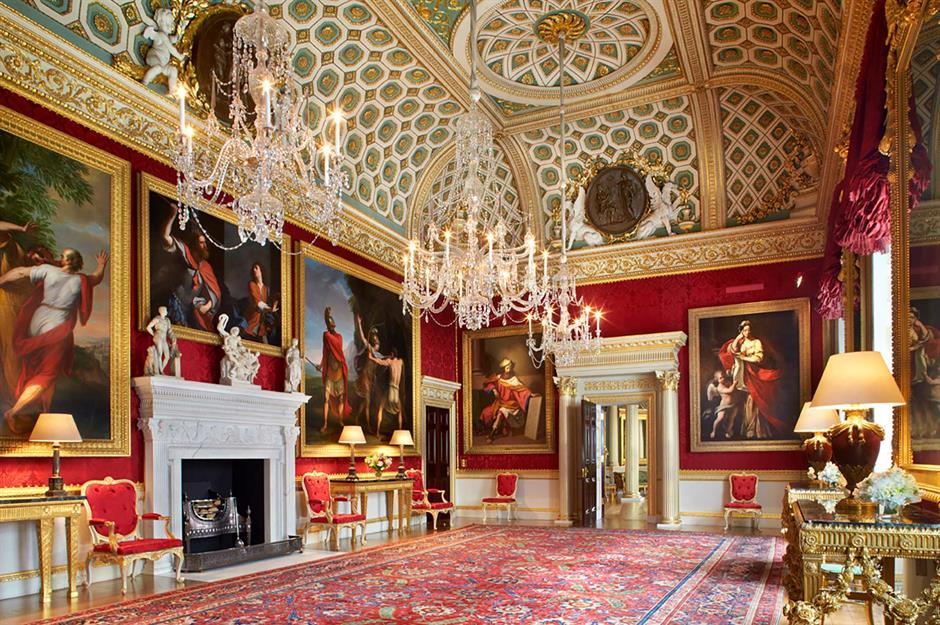
It was in rooms such as the house's Great Room, where balls were held, in which eligible bachelors and debutantes tried to make a love match.
This opulent room features a coved ceiling decorated with coffering from Rome’s Basilica of Maxentius, while Roman gods are depicted in plaster roundels that look like bronze medallions. Free guided tours of Spencer House are available on Sundays.
Laverstoke Park Estate, Hampshire, UK
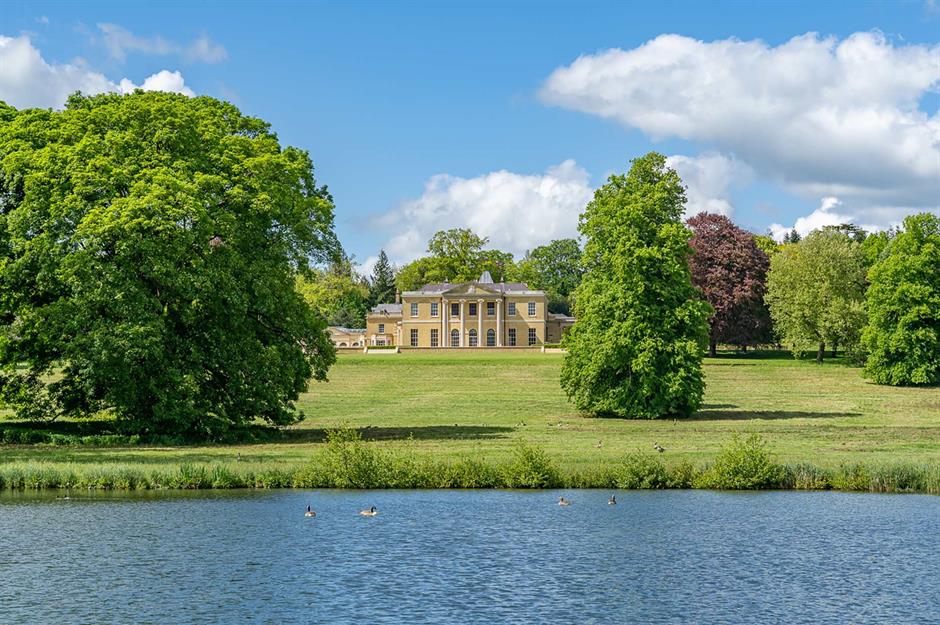
Of course, anyone who was anyone in Regency England also had a house in the country, and not just any house, but a sprawling estate such as Laverstoke Park Estate in Hampshire.
The Grade II-listed Palladian Laverstoke House was built in the late 18th century and was so much a part of the social scene of the time that none other than Jane Austen, who lived nearby, was a frequent visitor.
Laverstoke Park Estate: lavish dinners
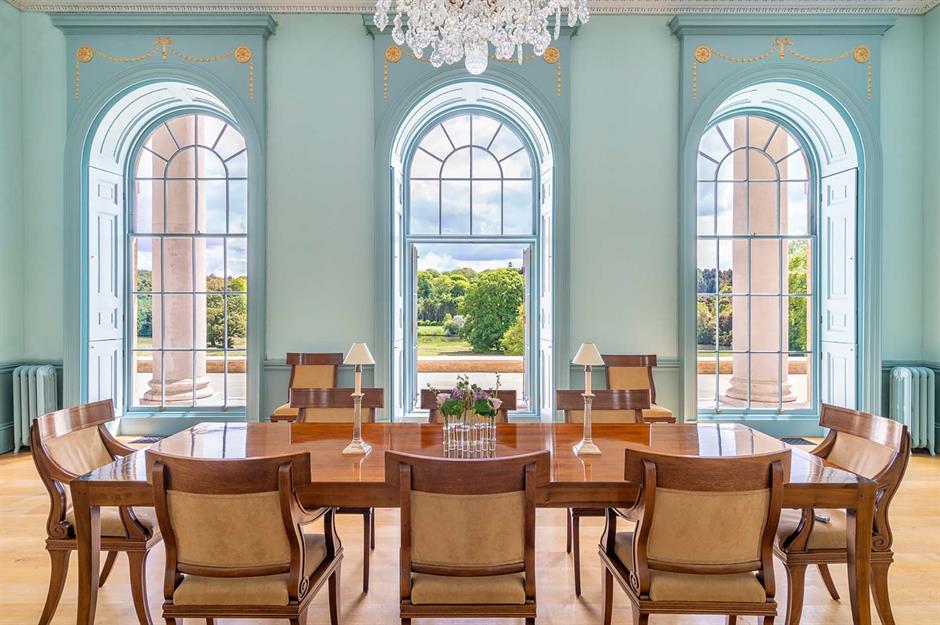
Today, the estate covers some 1,835 acres (743ha) with about 1,279 acres (518ha) of organically certified farmland and comes with a portfolio of 17 other buildings within the grounds.
You'd certainly feel as though you'd reached the upper echelons of the Ton when dining at this table while surveying your surroundings, which all comes with an asking price of £58 million ($76m).
Basildon Park, Berkshire, UK
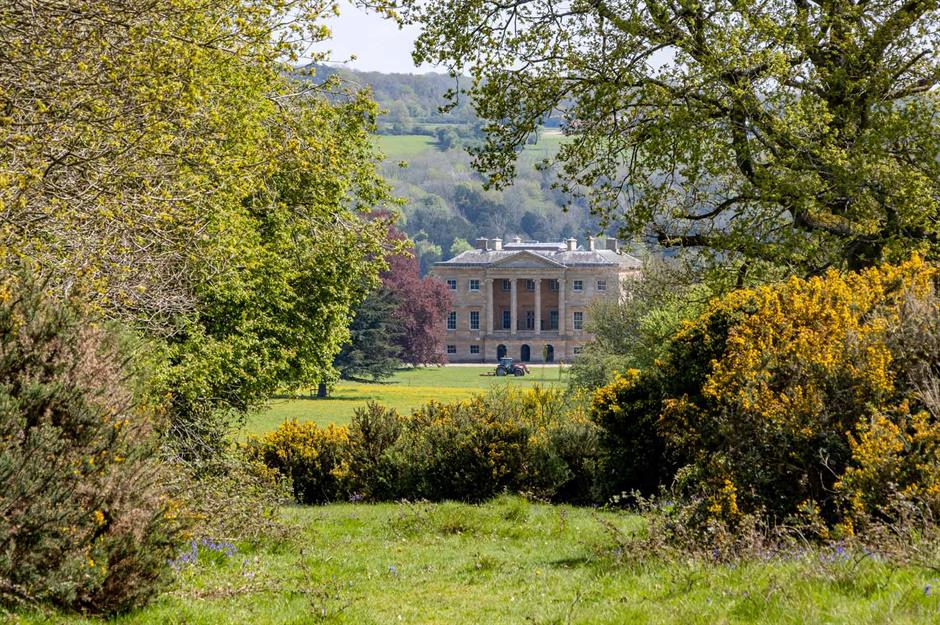
This stately home in Berkshire, in the care of the National Trust, appeared in Series 2 of Bridgerton as the garden of the Featherington family's home. Most memorably, it served as the location for Penelope Featherington and Colin Bridgerton’s first kiss.
Though the property’s façade is very much in the Palladian style, which was popular earlier on in the Georgian era for its sense of symmetry and temple-like appearance, things begin to look very different inside.
Basildon Park: an entrance that makes an impression
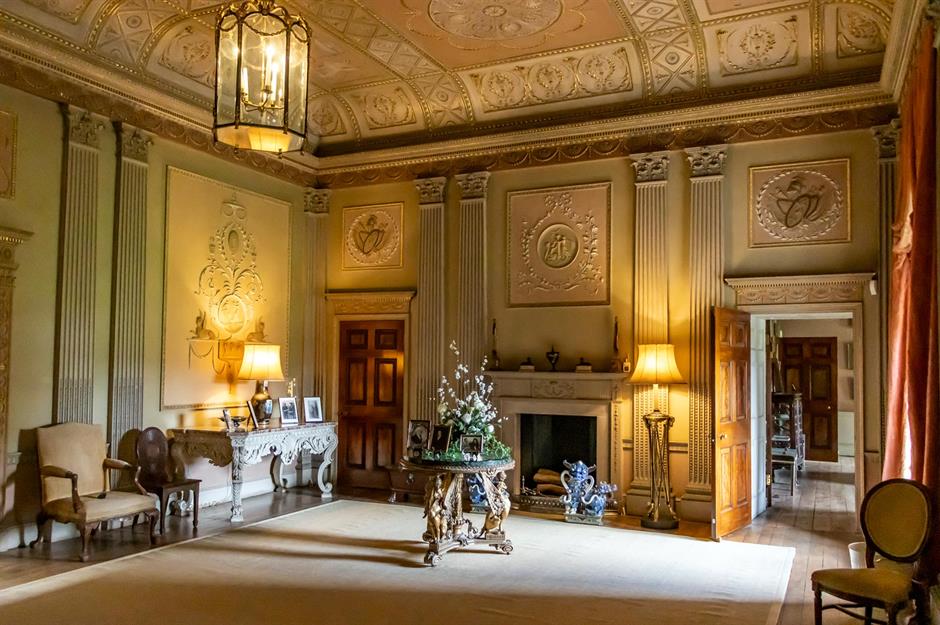
In the entrance hall, you can start to see some of the neoclassical influences and more intricate interiors, which helped inform the fashions of the looming Regency era, and were popularised by architect Robert Adam.
In season 3 of Bridgerton, viewers finally get to see inside Basildon, which serves as the home of the wealthy widow, Lady Tilley Arnold. You can visit Basildon Park and wander through the grand state rooms and imagine what life might have been like at the extremely rich end of the Regency scale.
Mount Vernon, Virginia, USA
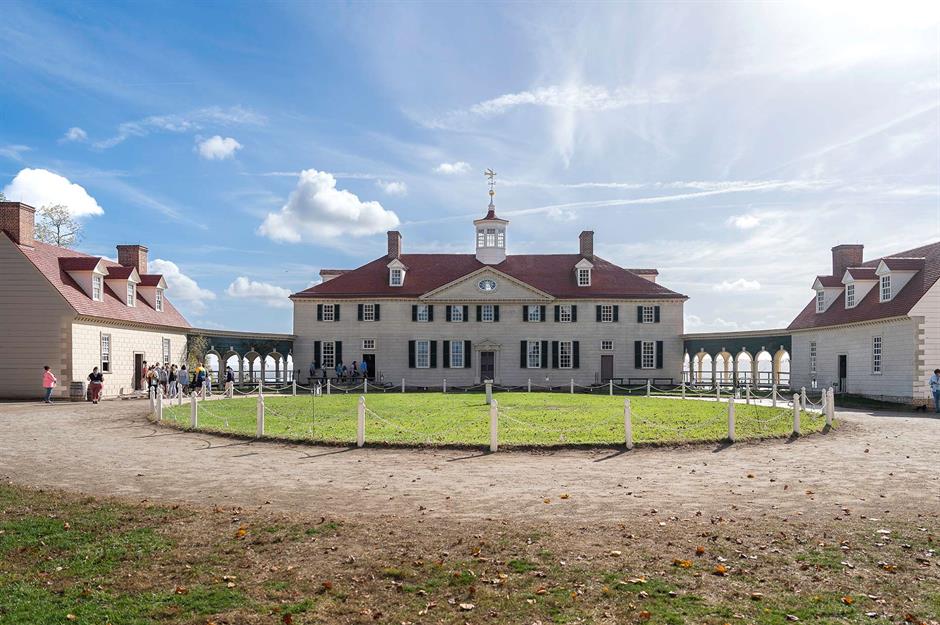
Though not strictly speaking of Regency design, if the Featheringtons had a genuine US cousin (not a conman like Jack), we imagine this is the kind of place they would live.
Mount Vernon, just outside Washington DC, is famous for being the home of George Washington, who expanded it twice in his time here in a loose interpretation of the Palladian style.
Mount Vernon: a room fit for a Regency romance
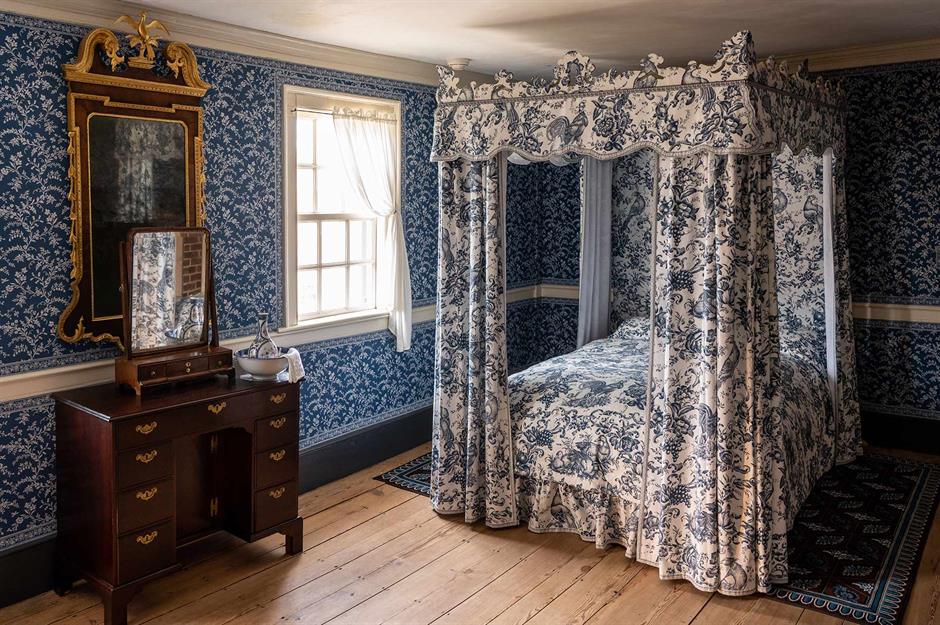
While the fashionable Featheringtons may have found some of the interiors a little out of date, to our modern eyes, they still hold a certain romance.
This four-poster canopy bed is the charming centrepiece for what would have been a guest room in Washington’s time, while mouldings frame the striking blue wallpaper, punctuated with antique pieces.
Château de Compiègne, Hauts-de-France, France
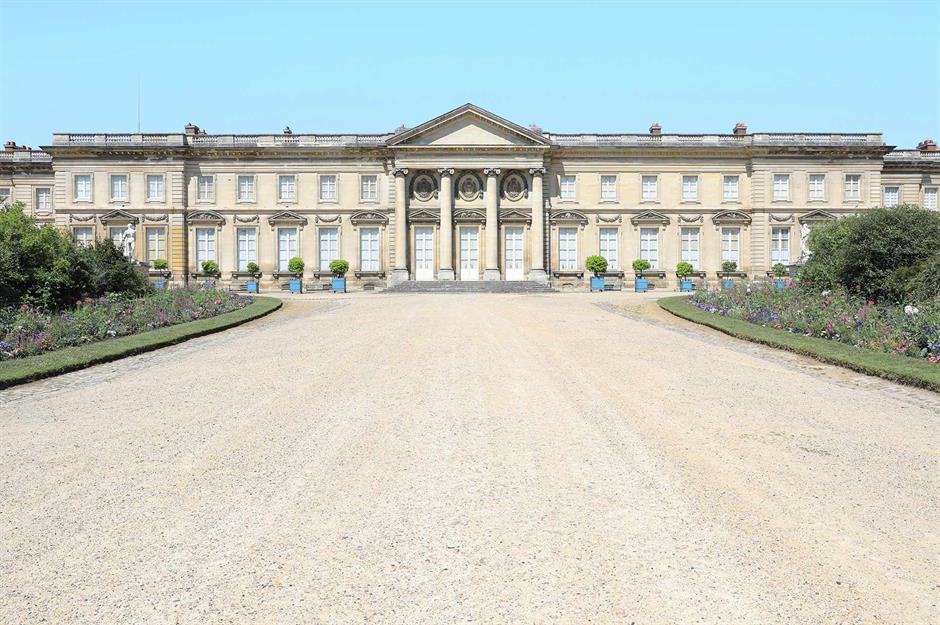
The opulence of the Regency era was heavily influenced by the Empire style of France, which became popular around the time of Napoleon I.
Though Château de Compiègne was remodelled in the neoclassical style a decade or two before Napoleon's first visit, it was the notorious French Emperor’s ordered makeover, which took place between 1808 and 1810, that led to the most memorable interiors.
Château de Compiègne: a French forerunner
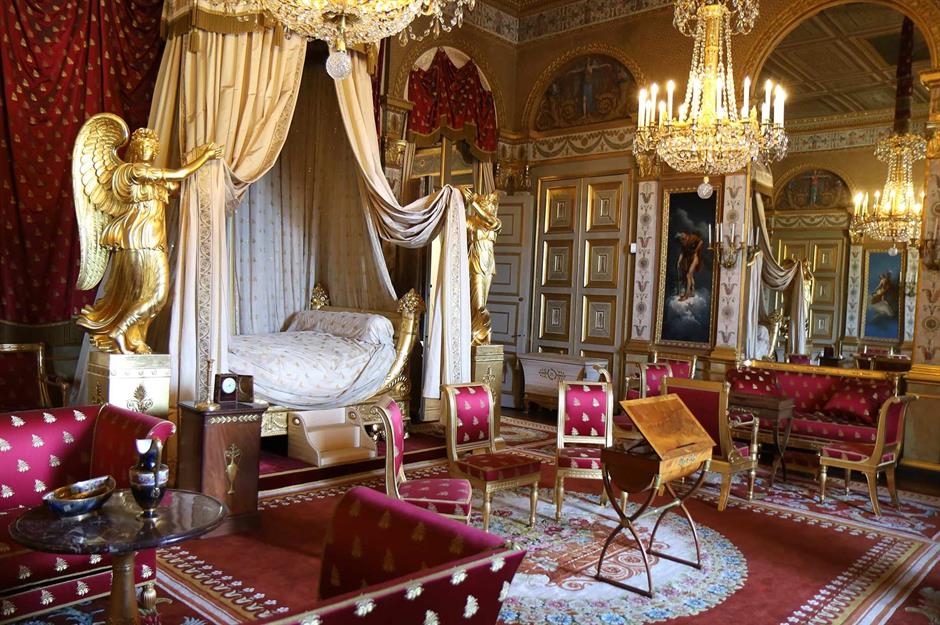
With huge mural works done by Dubois and Redouté and furniture crafted by the revered Jacob-Desmalter and Marcion, the overhaul of the château's interiors turned its apartments into the grandest in the whole of the French Empire. This sparked some competitiveness in Prince Regent across the Channel.
Indeed, so excessive and decorative was Napoleon's reworking of the interiors that writer Auguste Luchet wrote: “Compiègne speaks of Napoleon as Versailles does of Louis XIV.”
New Barns, Kent, UK
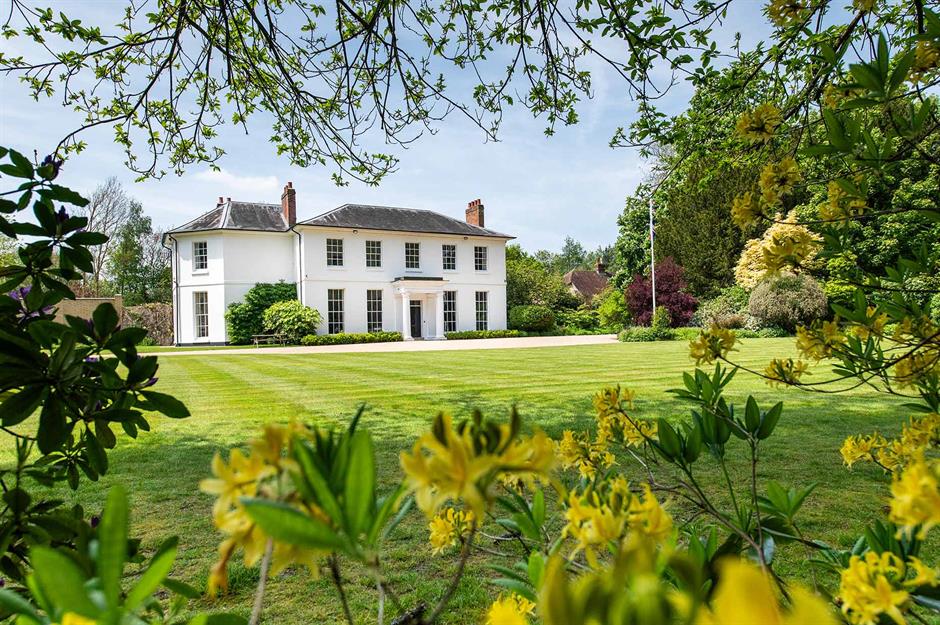
Originally built in 1820, at the tail-end of the Regency era, despite being renovated over the years, the New Barns mansion in semi-rural Kent, near West Malling, still bears the hallmarks of its Regency builders.
The doorway with its portico is a familiar Regency feature, as is the well-proportioned façade, but today it's joined by a chic outdoor pool and lots more luxurious modern comforts.
New Barns: light-filled living space
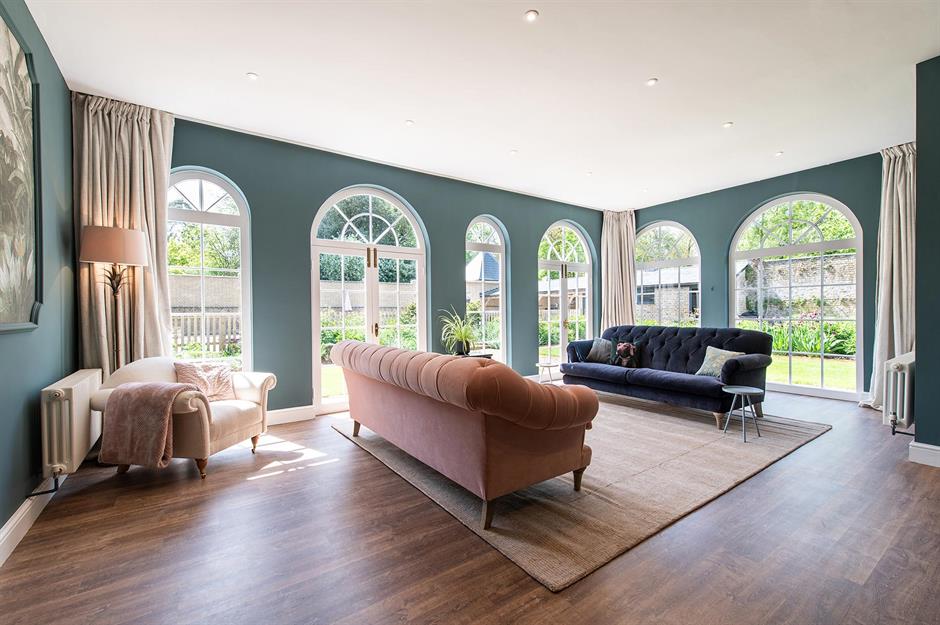
This double-aspect drawing room shows just how well original features can blend with contemporary design when done right. Just look at all those windows!
With sweeping lawns outside, pergola-covered seating, and a Victorian glasshouse, the evolution of this house from Regency to recent is quite remarkable.
Pittville Pump Room, Cheltenham, UK
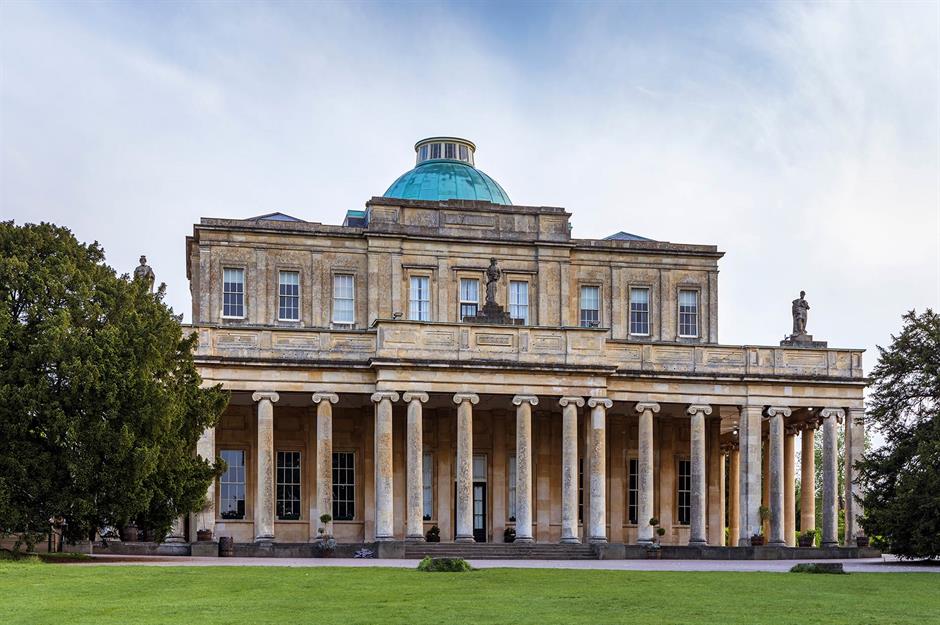
Following a visit by King George III and Queen Charlotte, who came to ‘take the waters’ in 1788, Cheltenham's popularity as an 18th-century spa town was sealed.
Today, it is often referred to as the ‘most complete Regency town in England’ thanks to its wealth of Regency-era buildings. The Pittville Pump Room, commissioned by a banker named Joseph Pitt, was completed a few years after the Prince Regent ascended to the throne as George IV and cost £40,000 – that's around £4 million ($5.2m) in today's money.
Pittville Pump Room: an iconic Ionic building
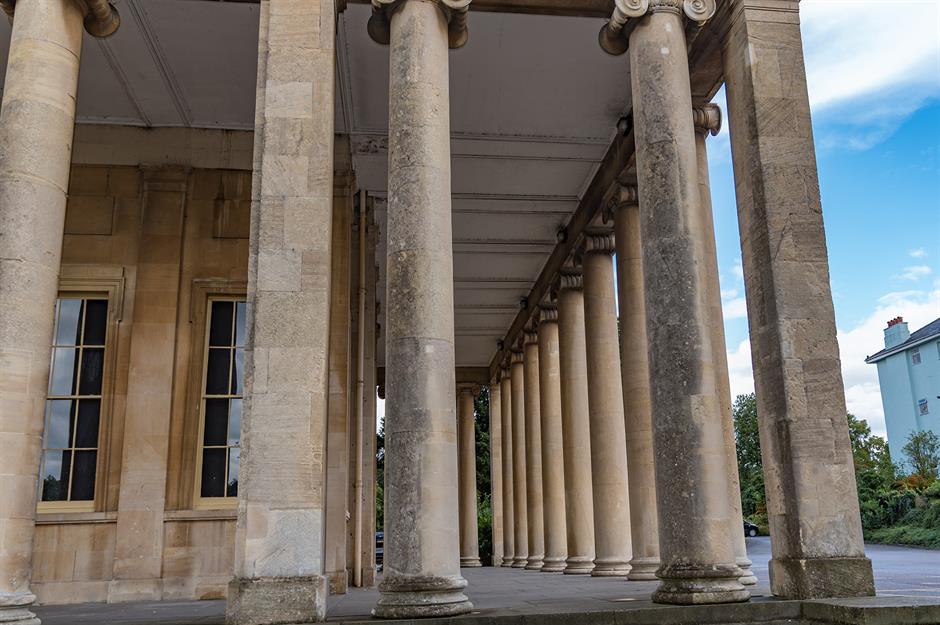
Considered the jewel in Cheltenham’s architectural crown, one of the defining features of the pump room is its colonnade of Ionic columns that surround the building on three sides, with statues of Greek gods peering down from above.
Inside the pump room is a ballroom that once hosted Regency balls and which still hosts events today, and visitors can still see the original pump. Back in the day, visitors to the pump room could also partake in balloon rides – how decadent can you get?
Brighton Pavillion, East Sussex, UK
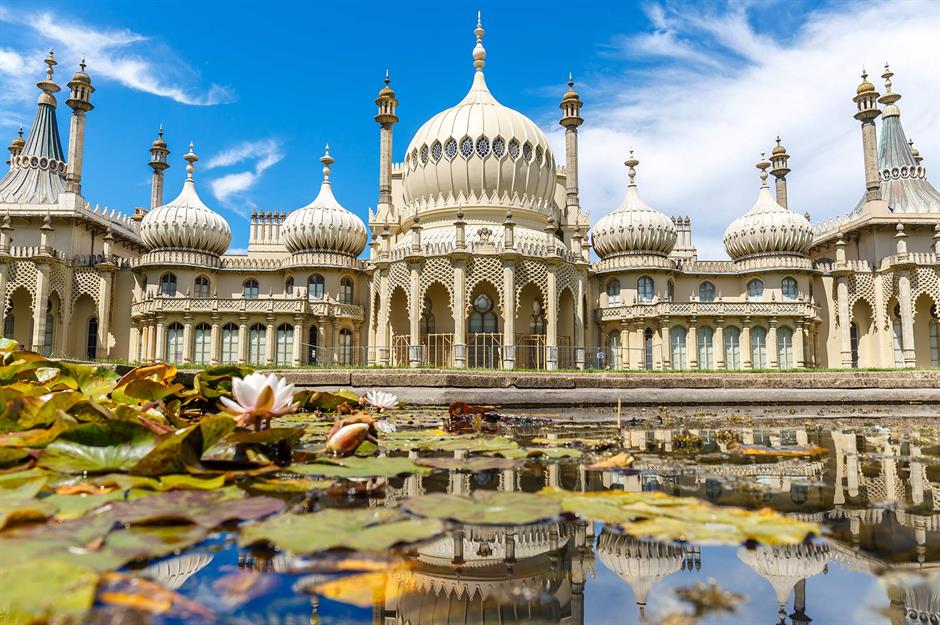
But if there's one property that truly sums up the decadence of the Regency period, it's surely the Prince Regent's colourful, exotic, and over-the-top playground, the Brighton Pavilion. It was built in 1787 for George, Prince of Wales (before his Regency years) as a seaside retreat.
When George became Regent, he tasked architect John Nash with the job of renovating the house's Indo-Saracenic style into a Mughal-inspired design complete with incongruous minarets and domes that recall the Taj Mahal.
Brighton Pavillion: the Prince Regent's seaside escape
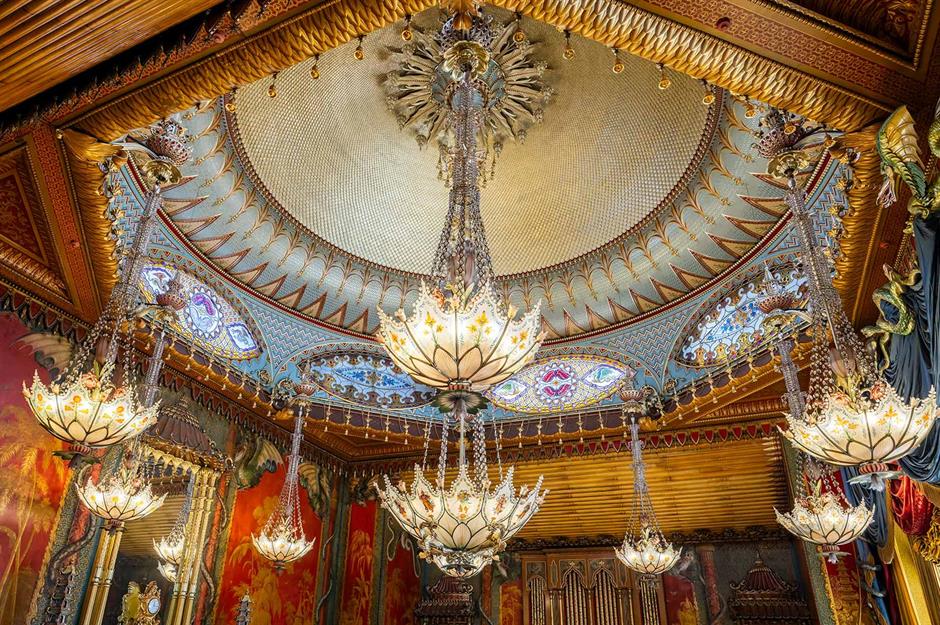
The Brighton Pavilion, which is something of a local visitor attraction today, is renowned for its elaborate interiors, which were largely the work of Frederick Crace and the virtually unknown decorative painter Robert Jones.
No expense was spared, with rooms like the Music Room, seen here, featuring a domed ceiling designed for optimum acoustics and decorated in a Chinese-inspired style with chandeliers that look like lotus plants. It was here that the Prince Regent would entertain his many well-connected guests. A party-loving Regent who, in this case, very much led by example.
Loved this? Take a look at more amazing architecture.
Comments
Be the first to comment
Do you want to comment on this article? You need to be signed in for this feature